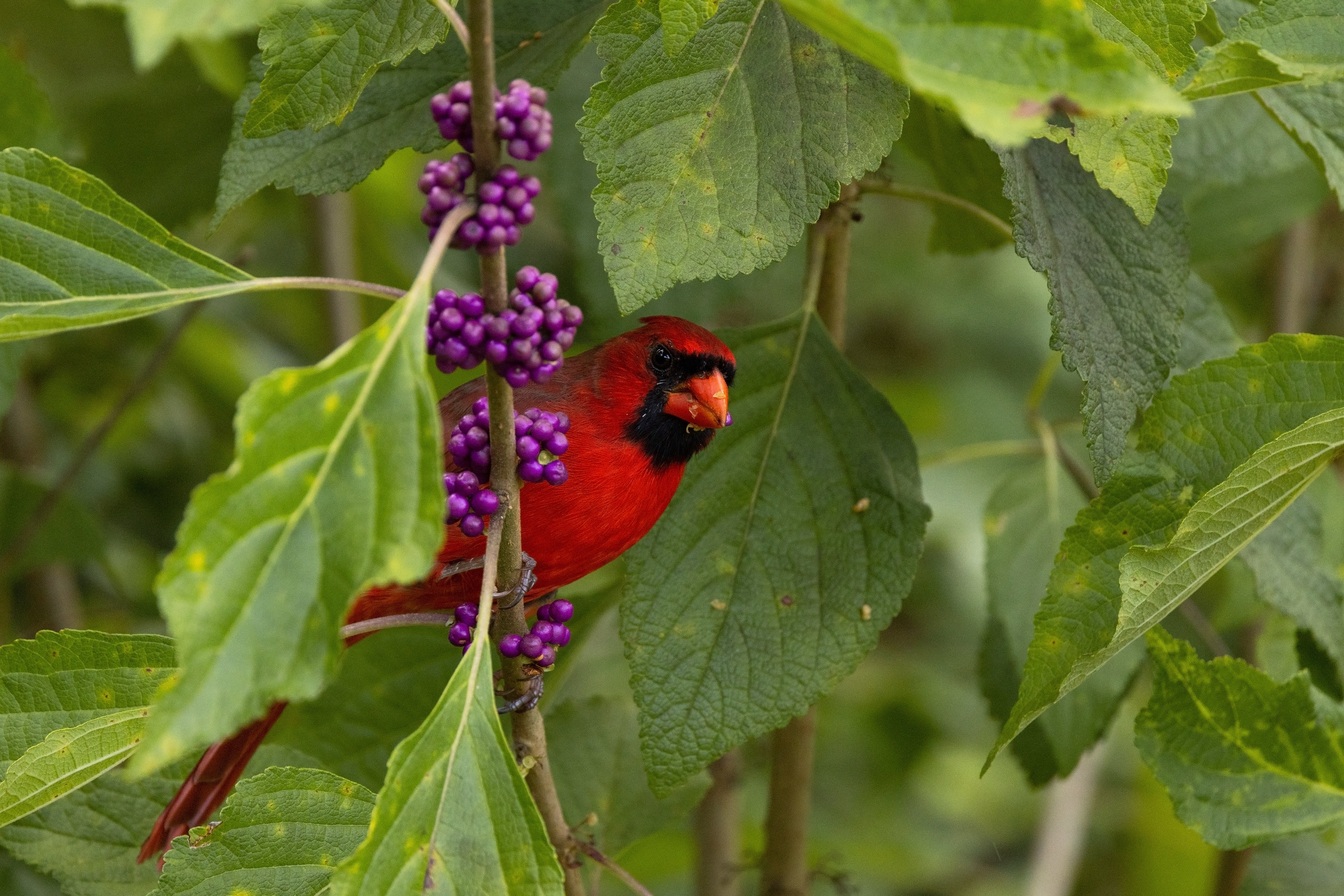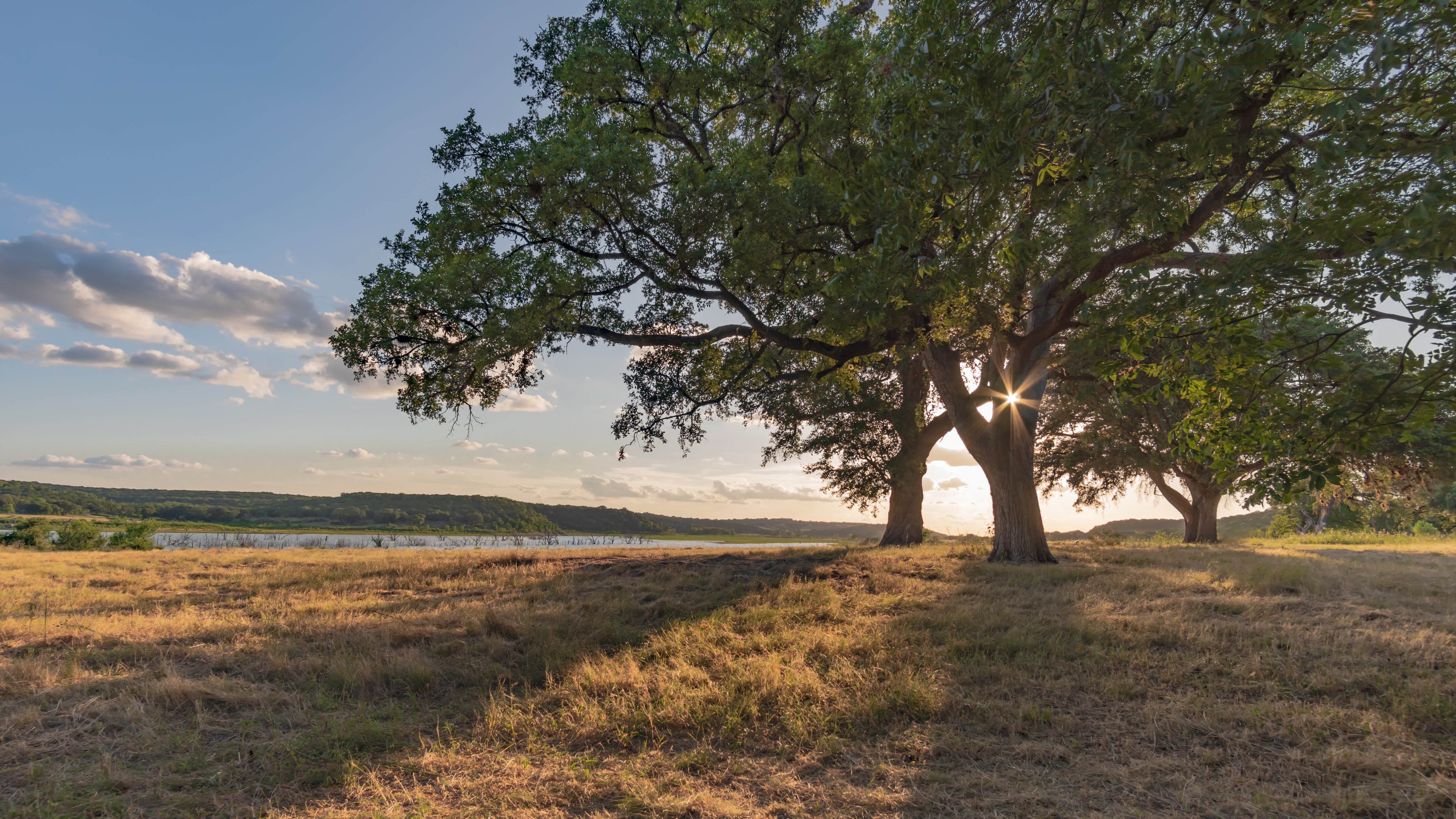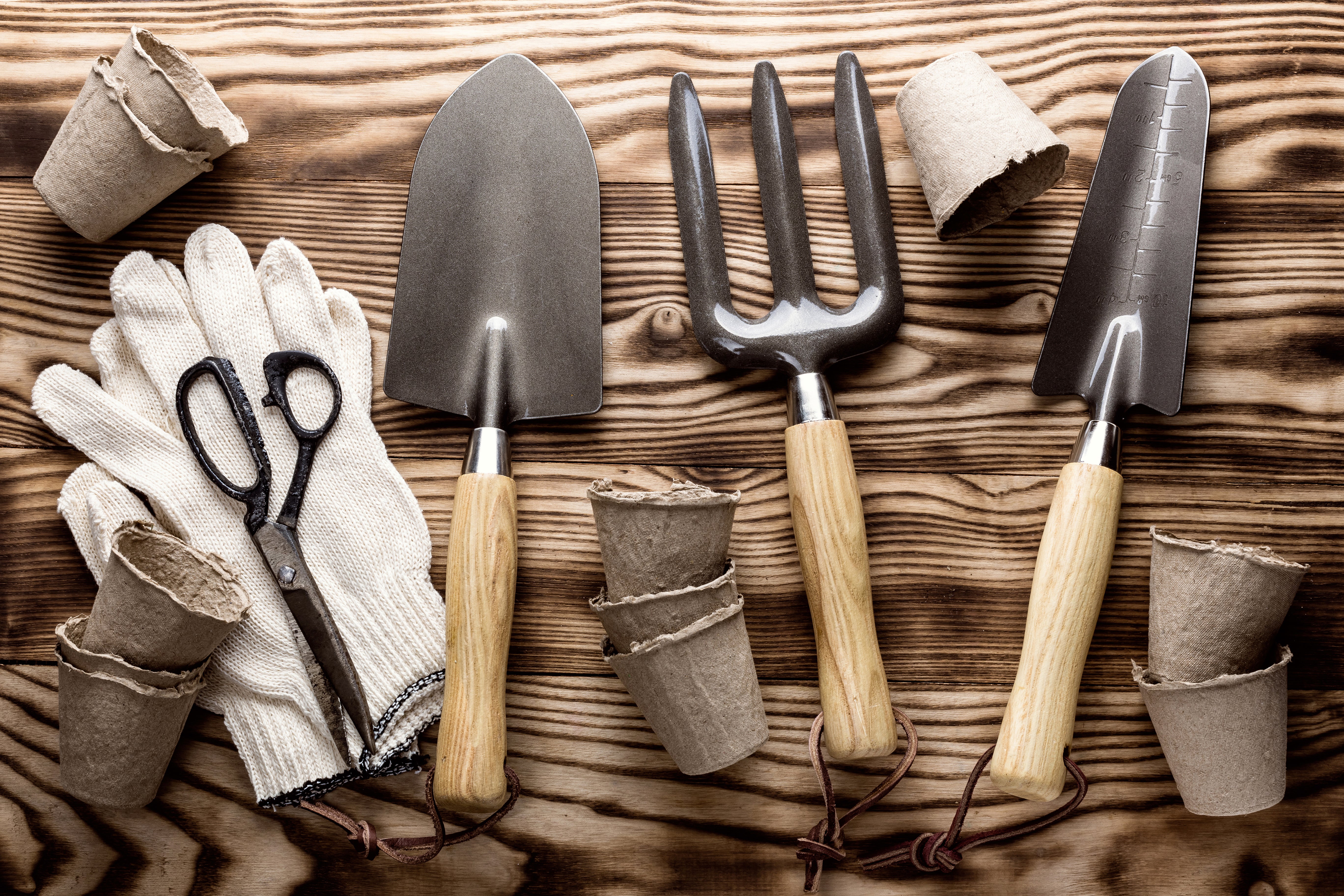How to Create a Wildlife-Friendly Yard With Native Fall Planting

Creating a wildlife-friendly yard is a rewarding way to support local biodiversity and improve ecosystem health, and the best time to get started is in the fall. By planting native perennials and shrubs, you can provide essential food, shelter, and habitat for local wildlife, from birds to butterflies. Native plants are well-suited to the local climate, meaning they require less maintenance and thrive with minimal intervention, making them perfect for sustainable gardening. This article will walk you through the benefits of native fall planting and the specific plants that can attract and support wildlife throughout the seasons.
Why Fall is the Best Time to Plant for Wildlife
Fall is always the BEST TIME TO PLANT PERENNIALS for creating a wildlife habitat in your yard since they love perennials for the long-term shelter, habitat, and food they provide. With native fall planting, the plants have time to develop their roots since most of their root growth happens in late summer and fall. Watering is also easier to maintain in the fall as they are getting established, especially when you MULCH THEIR ROOTS to help conserve moisture and protect those delicate new roots from cold temperatures. Then, the following spring and summer, your wildlife-friendly yard will be thriving and attracting wildlife to your garden with the food and habitat they provide.
Top Native Plants to Attract Wildlife This Fall
Native plants are always best for attracting wildlife to your garden because they already use those plants for food and shelter. Native plants are also already adapted to our climate and REQUIRE LITTLE OR NO WATER or maintenance once established, making them not only beneficial but also super easy to grow. NATIVE TEXAS TREES are especially important for our birds and numerous butterflies and insects that use them for food or to complete their life cycle. Other important fall plants for wildlife include those that produce flowers, berries, fruits, or seeds, especially those with fruits that remain in late fall and winter, becoming essential food sources for local winter residents as the season winds down and less and less food is available.
Plants for Attracting Birds
Bird-friendly plants tend to produce berries or other berry-like fruits, such as the lovely TEXAS PERSIMMONS, SOUTHERN WAX MYRTLE, or FRAGRANT SUMAC. These are especially important when their fruits persist into winter, providing food sources when little else is available.
YAUPON HOLLY is one of the best native plants for birds. Its gorgeous bright red berry-like drupes attract Cedar Waxwings, Bluebirds, robins, cardinals, finches, jays, and others. Since the little fruits persist on the trees well into winter and the leaves are evergreen, they provide an essential food source and shelter for winter residents. Armadillos also enjoy them!

Image: YAUPON HOLLY is available now at Nativo Gardens!
To attract hummingbirds, you typically want brightly colored and/or tubular flowers. Some great hummingbird-friendly plants include CORAL HONEYSUCKLE and LYRELEAF SAGE. The TURK’S CAP is very popular with hummingbirds for its bright red nectar-rich flowers that bloom from May to November, but primarily in the fall when they provide essential energy when others have long since stopped flowering. Nectar is also much healthier than hummingbird feeders whose sugar water lacks the nutrients, amino acids, proteins, and vitamins they get from nectar. Furthermore, while hummingbird populations may grow larger in areas where feeders are available than in those where they depend solely on flowers, the presence of feeders results in fewer visits by hummingbirds to native hummingbird-pollinated plants, reducing pollination, which reduces native plant populations and increases the bird’s dependence on unhealthy sugar water. So, if you want to support the hummingbirds, provide them with a gorgeous, wildlife-friendly yard instead!

Image: TURK’S CAP is now available at Nativo Gardens!
Pollinator-Friendly Plants
Creating a wildlife habitat in your yard is also about planting plenty of pollinator-friendly plants that will attract pollinators, beneficial insects, and even birds that feed on the insects. Fortunately, most native flowers do a fantastic job of that. Some especially good ones include PURPLE CONEFLOWER, BUTTERFLY WEED, and SKELETON-LEAF GOLDENEYE.
Another important one to include is GREGG’S MISTFLOWER. It’s a highly adaptable plant that is an essential source of nectar for butterflies, often seen visiting the flowers. It is an important larval host for Rawson's Metalmark, and in the fall, it attracts Queen butterflies.

Image: GREGG’S MISTFLOWER is available now at Nativo Gardens!
The FALL ASTER is another pollinator-friendly flower that blooms from September through November. It adds gorgeous fall color to the yard and provides critical late-season nectar for our bees, butterflies, and other pollinators.

Image: FALL ASTER is available now at Nativo Gardens!
Native Shrubs and Trees for Shelter
Creating a wildlife-friendly yard is not just about food, however. Shelter throughout the year is just as important. Deciduous trees and shrubs are essential for providing food and make great three-season shelters, but they offer fewer benefits late in the season. Important winter and fall plants for wildlife also provide shelter from the elements throughout the colder seasons, so planting a mix of deciduous and evergreen trees is critical.
The ROUGHLEAF DOGWOOD is a terrific deciduous tree that produces beautiful creamy pale yellow flowers in spring that will attract pollinators. Those are followed by white fruits the birds will love to eat as they hang out in the shade of their dark green leaves in spring and summer, seeking refuge from the heat. The shelter lasts partway into fall when the leaves turn purplish-red for gorgeous fall color in your yard.

Image: ROUGHLEAF DOGWOOD is now available at Nativo Gardens!
For evergreens, the YAUPON HOLLY is an excellent choice that also provides a winter feast of fruits, and the TEXAS MOUNTAIN LAUREL will provide year-round shelter and has amazing grape-scented flowers that attract pollinators in spring.
The COMPACT CHERRY LAUREL is another excellent choice for an evergreen shelter shrub. Its large, gorgeous, densely packed glossy-green leaves provide great winter shelter for beneficial insects, birds, lizards, and small mammals. The plant also produces small black berry-like drupes that persist into winter, so it will feed the wildlife too!

Image: COMPACT CHERRY LAUREL is available now at Nativo Gardens!
How to Maintain a Wildlife-Friendly Yard Through the Seasons
Establishing your perennials and trees in the fall is easiest because the temperatures are cooler, and it's easier to maintain consistent moisture. However, watering is still essential, especially in the first year as they are getting established. Check the soil and the plant weekly for signs of needing water, and be sure to use mulch to conserve moisture and keep their roots warm. They may still need water the following spring and summer, but much less than they would if planted in the spring, and the heat stress of summer will have little to no effect on them because they will already have a well-developed root system.
Creating Texas wildscapes to sustain our local wildlife populations is not just about providing native plants for food and shelter; they also need other features like water from a natural creek, a ditch, or a bird bath. Other things to consider are adding rocks and logs and leaving stumps where they are when you remove dead trees, as these provide additional habitats.
Another critical thing to consider with wildlife gardens is that an overly tidy garden is not great for wildlife. Leave leaf litter on the ground to provide a habitat and shelter for beneficial insects that birds and other wildlife will also come to feed on. Leave finished flowers on and leave herbaceous perennials standing after their leaves die back; many have seeds that birds, mammals, and insects will feed on throughout the fall and winter. The following spring, remove the dead above-ground portions and spent flower stalks to allow new growth and provide a new round of wildlife-friendly seasons in your yard.
Final Thoughts
Our native animals, birds, pollinators, and beneficial insects are crucial for thriving ecosystems in the country and urban areas. They pollinate our flowers, reduce pest species, and add aesthetic beauty and enjoyment to any yard. Our local wildlife all rely on our gorgeous native plants for food, shelter, and their very survival. By planting native species this fall, you’re setting the foundation for a wildlife-friendly yard that will flourish and attract more year after year. Ready to start attracting wildlife to your yard? Contact Nativo Gardens today for a great selection of native plants.





Comments